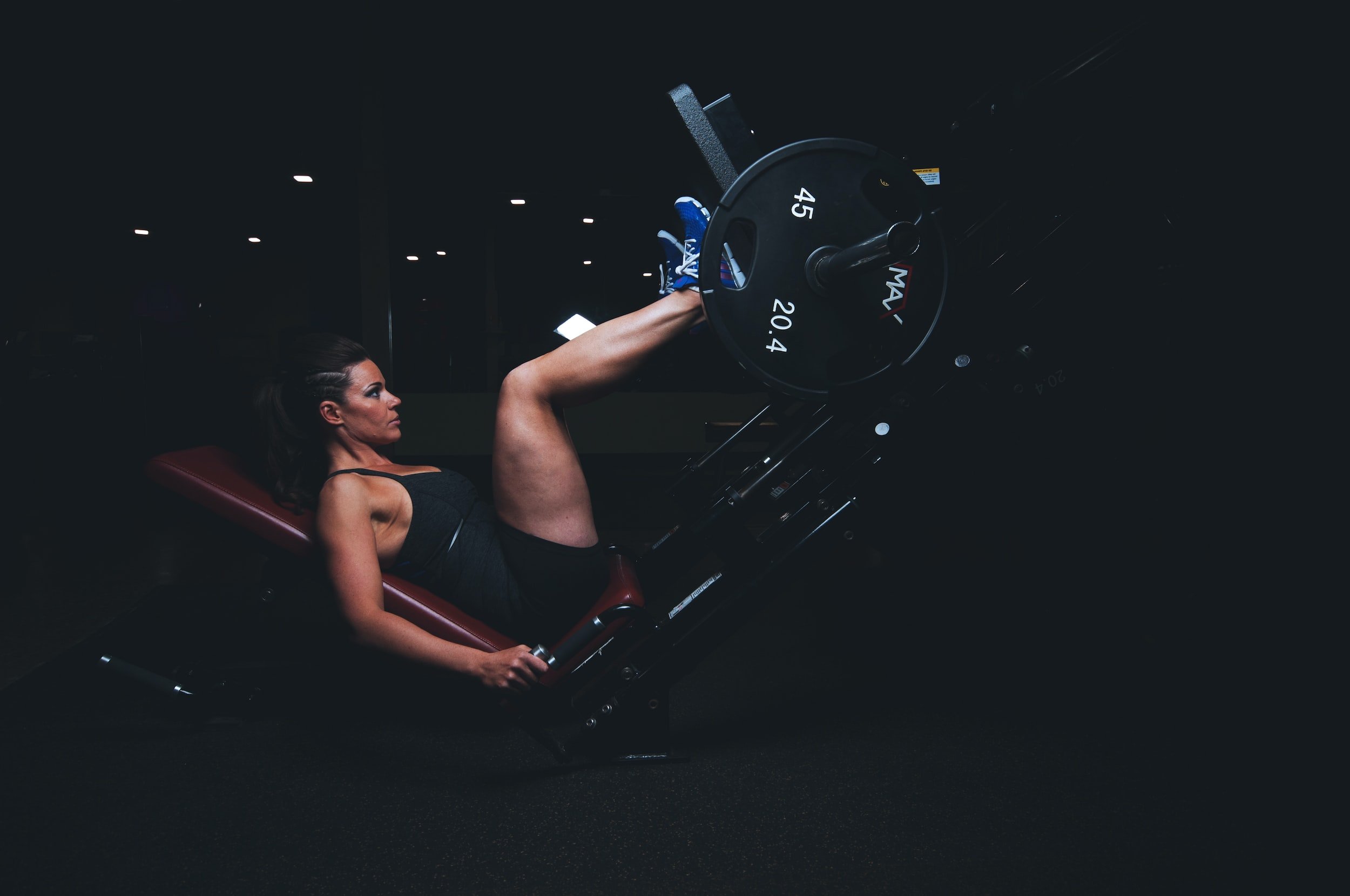
PREVENT OR GET RID OF MY PAIN:
Exercise performed at the right time and done correctly can be wonderful for reducing pain. Specifically, mechanical pain or pain related to movement. Strength based exercise can have a huge analgesic or pain-relieving affect. The first step should be identifying the mechanism behind your pain and then the tissue(s) affected. Let’s say we have cleared you for High Intensity Strength Exercise (HISE) for pain relief. Before we start loading the tissues, we need set a few ground rules and shape your understanding of what will happen. We often start with introducing you to some concepts that are listed below.
a. Graded Paced Exposure: Gradually challenging the body without provoking its pain experience.
i. Tease it, touch it, nudge it. Eventually progress your training or activity to a point where it almost provokes pain without setting it off.
ii. Rest is Rust: No movement often leads to sticky and stiff tissues, unnourished nerves, muscles, and joints.
iii. Hurt does not equal harm (tissue damage threshold): When we have been in pain for a long time, the threshold where pain is provoked is, often low. This maladaptive response is meant to protect us, but it has become over protective. Most people with persistent pain might feel pain but are far from actual tissue damage. We can use HISE to reset that perceived threshold and move it back to where it used to be.
b. Pain Threshold Training: Pain is there to protect us, but sometimes it is too much. When performing HISE at times it is ok to have a little bit of pain during or after. We advise nothing more than 1 -2 notches above your baseline, and it shouldn’t stay with you long after training.
c. Forces and joint-bone stress: We can minimize the potentially damaging effects of exercise by controlling the forces that are absorbed through our skeleton. The first step is to minimize acceleration.
d. Sore but safe:
i. Delayed Onset Muscle Soreness (D.O.M.S): It is normal to experience muscle fatigue and soreness post training a day or two later. This soreness typically only lasts one to two days and is movement based not constant.
e. Muscle fatigue Vs. Global fatigue: When performing HISE we experience momentary burning, aching, shaking, and tightness, not to mention local temporary weakness of the muscles we are training. We can also experience a general full body fatigue, which can make you feel out of breath, foggy, unfocused, nauseous, and generally tired all over. This is a normal feeling and your tolerance will improve with time.
f. Graded Motor Imagery Training: Moving without Moving. Sometimes we have to treat the brain before actual movement can happen. We can mentally practice our exercises and prime our brain to be ready for exercise. This is can improve the skill of exercising and help lower pain while exercising. The brain can be primed with techniques like:
i. Laterality Training
ii. Mirror Therapy
iii. Mental Practice
g. Edgework: Moving or exercising in a range of motion that is relatively pain free and staying inside that pain free range of movement.
h. Motion is lotion: The right movement of any kind generally has a lubricating and nourishing effect. Movement from HISE or Physical Activity (P.A.) can make your joints and muscles looser, bring important nutrients to your tissues, and remove metabolic waste.
i. Contralateral & Ipsilateral training: We have a few different options depending on the scenario. At times we train the opposite side of your body to keep the affected side pain-free and healthy. Alternatively, we may partially train your affected side with less effort or smaller range of motion.
j. Movement can be a pain relief drug, and drugs can be movement pills: Many people can use exercise to release their own pain-relieving hormones (i.e. endorphins). Therefore, they use exercise to reduce pain. Some individuals may also use prescribed medications to move better with less pain. As time and training continues, they learn to use less medications and start relying their own pain-relieving hormones.
k. Regional Interdependency: Relationships exist between all areas of the body. Have you ever heard the phrase “Everything is connected”? This is what this concept is getting at. Meaning the health or lack of health in one area of the body can influence other areas of the body. When we are designing a strength program, we have to not only prescribe exercise(s) for the area affected, but also everything above and below. An example would be ‘the knee’. If we are trying to get rid of knee pain or prevent it, we need to train the ankle and the hip. How we order the exercises as well as how we train them over a week, month, or year must also be considered.

